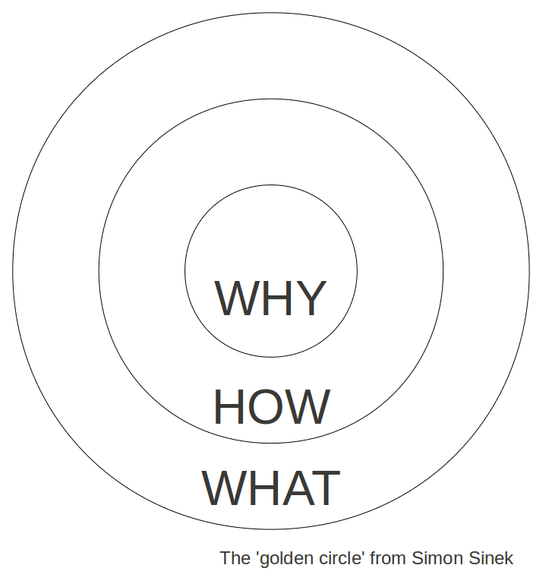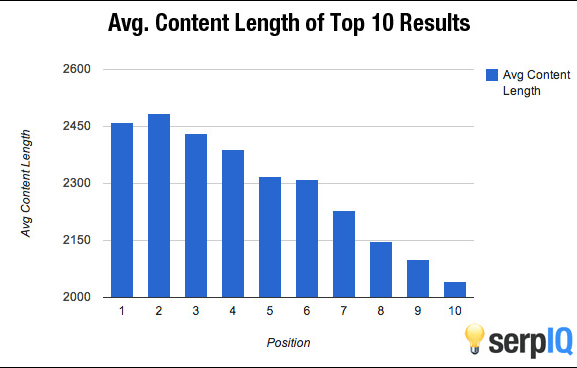Master your long-tail keyword research
Long-tail keywords are the hidden gems of keyword research. They're usually easy to rank for than short, broad primary keywords, have lower competition and have lower costs to worry about. But do you think you can rank for a easier keyword with just a few hours of work?
It's not impossible, and with a bit of work and some research you too can rank in Google with a long-tail keyword.
1. Research
The most obvious but most important of the steps. Determine the length of the long-tail keyword you want to rank for and find out its search volume and competition.
The length of a long-tail keyword should be at least 4 words.
Long-tail keywords make up 70% of searches. With that in mind you'll want to find a keyword that has a substantial number of searches a month and will gain you the best conversion rates.
Open up AdWords and enter the selected long-tail keywords you want to target to determine competition and the number of searches.

If you are struggling to know where to begin, you can always use a primary keyword and get ideas from the Keyword Planner.
As long-tails are normally more specific and tend to be a keyword that is more focused and specific, it's pretty easy to pinpoint what the user is exactly looking for.
With additional power words you can work out your title using the long-tail keywords in question. For example:
- Buy MacBook Air 11-inch 128GB
- Compare MacBook Air 11-inch 128GB to 256GB
- Features of MacBook Air 11-inch 128GB
Which leads perfectly onto our next point...
2. Headlines
Use your headlines to talk to your readers and get on top of the first page.
8 out of 10 people will read the headline copy, but only 2 out of 10 will read the rest, so you have that moment to make your title shine.
For example, for the keyword how to winged eyeliner, here are some titles you could use:
- How to do Winged Eyeliner in 3 Easy Steps
- How to do Winged Eyeliner Without Losing Your Mind
- The Fool-proof guide to How to do Winged Eyeliner
Make sure your keyword is as close to the start of the sentence as
3. User Intent
In other words, the reason behind why someone clicks on a link, and the purpose behind the keyword.
So if the user searches for a Panasonic blender, you can assume they're looking at different types of blenders on the market, compared with when a user searches for buy MX-900M blender, where you can assume there's a buyer intent.
The first phase is finding your intent - why, how and what.
Simon Sinek composed this theory using this example:
What do I have to do?
Pay my bills
How do I do that?
By getting a job
Why?
So I can pay my bills.

Once you've established user intent from the long-tail keyword you want to use, you can craft your headline and content around the intent you want your user to have.
As Kissmetrics puts it: nobody cares about the value of what you're selling, ask yourself why you're doing what you're doing.
4. Content
Writing one blog post a month is not going to cut the mustard.
The 500 word benchmark is not all you need to rank highly in Google these days; articles that aim to go over 2,000 words with plenty of images, videos and internal links to keep readers enticed.

Source: serpIQ
For every article you write that you want to rank you should aim to meet these criteria, providing useful, informative and relevant content to target your long-tail keyword(s).
5. Marketing
It's a given that sharing your content on Facebook, YouTube, Instagram, LinkedIn, Google+, Twitter, etc. will increase awareness of your content, but reaching out to other people to link to your content is an added bonus. Comment systems like Disqus also add legitimacy to your content, as well as building views and traction, which can come down to even the simplest of methods: on-page SEO and backlink quality.
Wrapping Up
It's actually easier than you think to rank for long-tail keywords due to the lower competition, with the common misconception that it's harder. But you have to put in the extra hours, extra work and extra revisions to get your page ranking for the long-tail keyword you want to target.
It's not going to be easy right away, but it is doable with this guide.
Are you ranking in Google for a long-tail keyword? Let us know in the comments!

